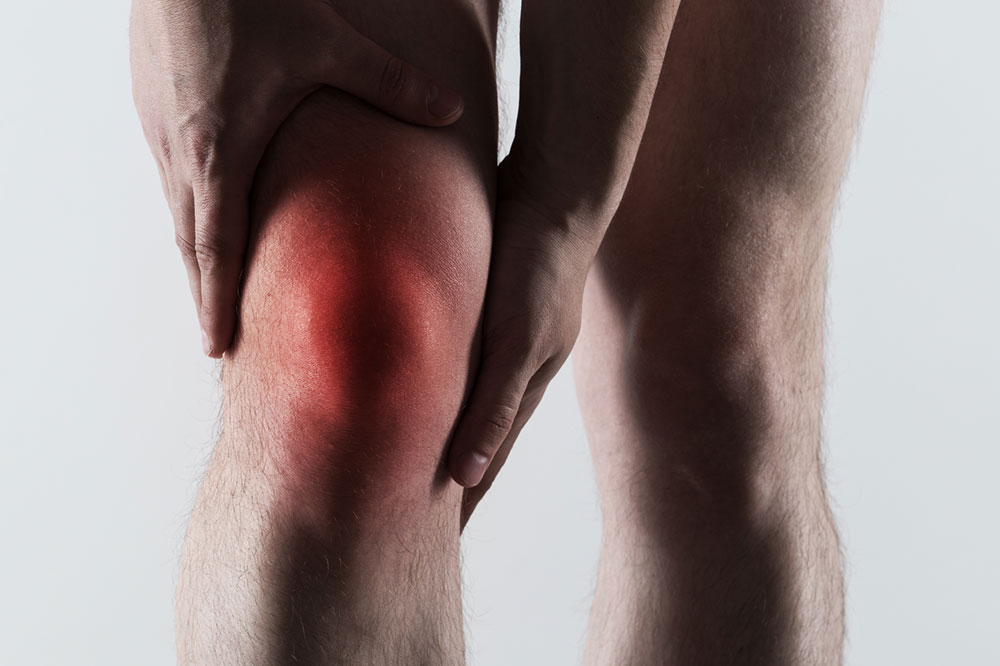Gout – causes, symptoms, and treatment

Gout is a medical condition caused by the accumulation of uric acid crystals. It is a form of arthritis affecting the joints, especially the ones at the feet, as has been recorded frequently throughout history. Gout affects almost anyone, appearing quite suddenly, followed by incredible pain and swelling around the affected joint. Considering its vast impact on the population, it becomes crucial to understand it from ground level.
What are its causes?
As alluded to earlier, gout is caused when the concentration of uric acid in the blood is too high. Urate crystals thus form, leading to accumulation and subsequent swelling in the joint. Uric acid is a byproduct released by the body after breaking down purines—a chemical compound found in foods and drinks.
In most cases, uric acid dissolves in the bloodstream and is easily excreted by the kidney. However, if that doesn’t happen, uric acid accumulates in the blood and deposits in joints or tissues, developing into sharp, needle-like structures that cause pain and inflammation.
Genetics, obesity, chronic decreased kidney function, and a diet rich in red meat and organ meat, among other substances, are also common causes of this condition.
What are its symptoms?
The most apparent hint of gout is when an individual experiences intense pain in the joint. Although they are more common in the joint of the big toe, gouts can occur almost anywhere. There is extreme pain, followed by inflammation and redness around the affected joint. The skin near the affected area becomes incredibly soft, with movement extremely limited. If the pain lasts for a few weeks, it may affect other joints as well.
The presence of tophi is another crucial indicator of gout. Tophi is nothing but the swollen portion in the affected joint, indicating the location where the uric acid has been deposited under the skin.
How can it be treated?
Treatment for this condition primarily depends on the severity of it. If the gout is small and attacks rare, it can be treated with changes to diet and lifestyle. Medication though, is recommended if the attacks persist even after dietary changes. They usually come in three categories – uric acid-lowering medication, prophylactic medications, and rescue medication.
The uric acid-lowering medication works toward decreasing the amount of uric acid in the body and the size of trophi. Allopurinol, probenecid, and pegloticase are the common drugs included in it.
Prophylactic and rescue medications aim to lower high levels of uric acid in the blood and decrease pain and inflammation during gout attacks. Nonsteroidal anti-inflammatory drugs (NSAIDs) and febuxostat are both commonly used in either form of medication.
During treatment and following its conclusion as well, the doctor may advise certain changes to the diet. Reduced consumption of alcohol and limited intake of meat, fish, and poultry are central to preventing the return of gout.



